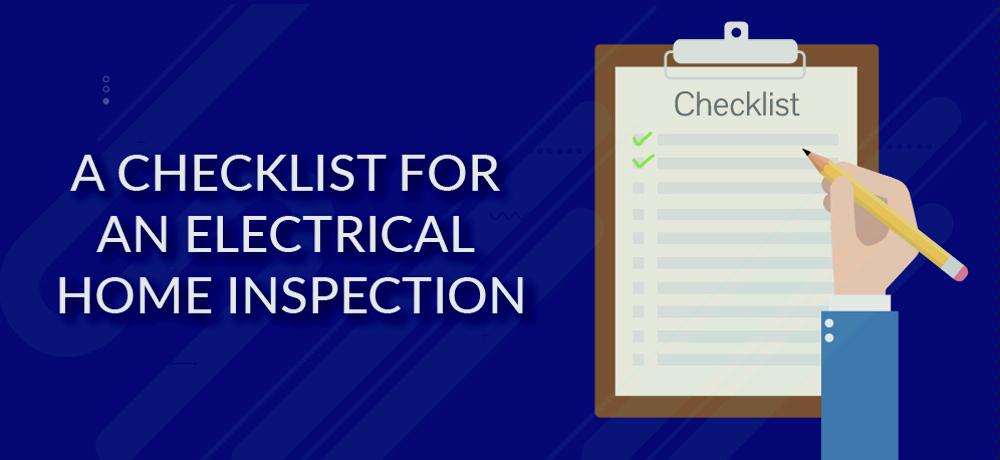A Checklist For An Electrical Home Inspection

An electrical home inspection is performed by qualified electricians to ensure that your home’s electrical connections and wiring are in proper working condition. However, attempting such an inspection on your own without prior knowledge or help can put you in a dangerous position, and may even put those around you at risk.
At Hoover Electric, we understand that an electrical home inspection can be quite a challenge, and often be viewed as a stressful or laborious task. However, with a little preparation, you can be aware of all the electrical components that need careful attention and avert the possibility of an electrical hazard.
As a trusted electrical contracting company, we’ve created a handy checklist to ensure you are protected at all times. Follow our checklist to complete your electrical home inspection accurately, so that you can get back to the other important things in life.
1. Check the size of the electrical service.
The main panel in your house should have a disconnect or a main breaker that identifies the size of your electrical service. If your house is new or upgraded, make sure that it has at least a 100 amp service and panel.
2. Check the size of the breakers in your panel.
The majority of the breakers should be 15 amp, with the exception of larger loads such as stove/ovens, dryers, hot water tanks, etc. If you have regular plug/lighting circuits that are on larger breakers, it can cause a fire hazard.
3. Check to see if the panel is a breaker panel or fuse panel.
Fuse panels are outdated and frustrating, unlike breaker panels that are relatively new. However, there are still old, outdated breaker panels that you should consider changing.
4. Look for open splices.
Open splices are when you see two or more wires come together to make connections and are not inside an electrical box.
5. Check for aluminum wiring.
Some older houses were wired using aluminum wiring. Aluminum wiring is okay if terminated correctly, but if not, it can pose a threat to your safety.
6. Check receptacles.
Make sure that all the receptacles that have a ground terminal on them actually have a ground wire that runs to the receptacle.
7. Check gas line.
Check to see if the Gas line is bonded to the water line.
8. Inspect panel.
Check to make sure that the panel is decently labeled.
9. See if there are multiple circuits marked for the kitchen.
Kitchens these days use a lot of power and they, therefore, need multiple circuits.
If you are concerned about the possibility of electrical hazards in your house and are looking to get an electrical home inspection, reach out to the professionals at Hoover Electric. Our residential and commercial electricians in Dryden, ON have been offering electrical renovations, new wiring, electrical service upgrades, and various other services for over thirty years.
To learn more about our services, please click here. Have a question? We’d love to hear from you. Contact us here.